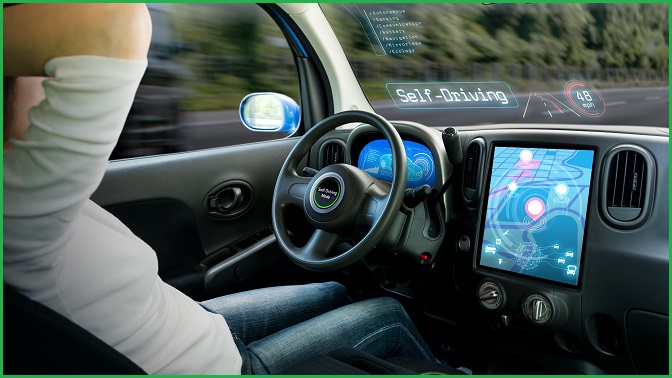Smart cruise control systems in new cars are still flawed and don’t guarantee safety for drivers or cyclists, new research from the American Automobile Association (AAA) has found.
The AAA tested three cars equipped with active driver assist to answer questions about how well these systems adapt to possible collisions with other road users.
Unfortunately, some existing automated systems – which represent partial, level two car automation – still fail to adequately meet expectations about how they respond to changing conditions.
“You can’t sell consumers on the future if they don’t trust the present,” Greg Brannon AAA’s director of automotive engineering said in a statement.
“Drivers tell us they expect their current driving assistance technology to perform safely all the time. But unfortunately, our testing demonstrates spotty performance is the norm rather than the exception.”
For the report, the AAA ran tests on the 2021 Hyundai Sante Fe with Highway Driving Assist, 2021 Subaru Forest with EyeSight, and a 2020 Tesla Model 3 with Autopilot through their paces in different scenarios.
All of the cars performed well in a baseline scenario that involved matching speeds with a vehicle ahead, but most struggled to detect a head-on collision before it was too late.
Only the Tesla saw the car and slammed on the breaks; it still hit the oncoming car, albeit at a reduced speed.
The other two completely failed, smashing into the test vehicle at full speed.
These tests were completed at just 40km/h – much lower than highway speeds – which leads the AAA to summarise that it is “unlikely” these assisted driving systems “would provide meaningful mitigation in the absence of driver intervention” in real-world scenarios.
The other scenarios involved cyclists.
As with the first set of tests, the cars each performed well in response to a baseline scenario that involved a simulated cyclist riding ahead in the same lane.
But when the cyclist crossed the lane in front of the car, the Subaru Forester simply didn’t notice and crashed into the bike.
The AAA recognises that automation can increase overall safety on the road, but it is calling on car makers to be more rigorous with their testing and development of semi-autonomous driving systems as they become more prevalent in the market.
“While it may be encouraging that these driving systems successfully spotted slow-moving cars and bicyclists in the same lane, the failure to spot a crossing bike rider or an oncoming vehicle is alarming,” Brannon.
“A head-on crash is the deadliest kind, and these systems should be optimised for the situations where they can help the most.”
Smart cruise control is not meant to be used without supervision but mechanisms designed to keep drivers engaged have been fooled.
The AAA wants to see wider adoption of direct driver attention monitoring – specifically, it wants car makers to install cameras that make sure drivers are paying attention while smart cruise control is active.










